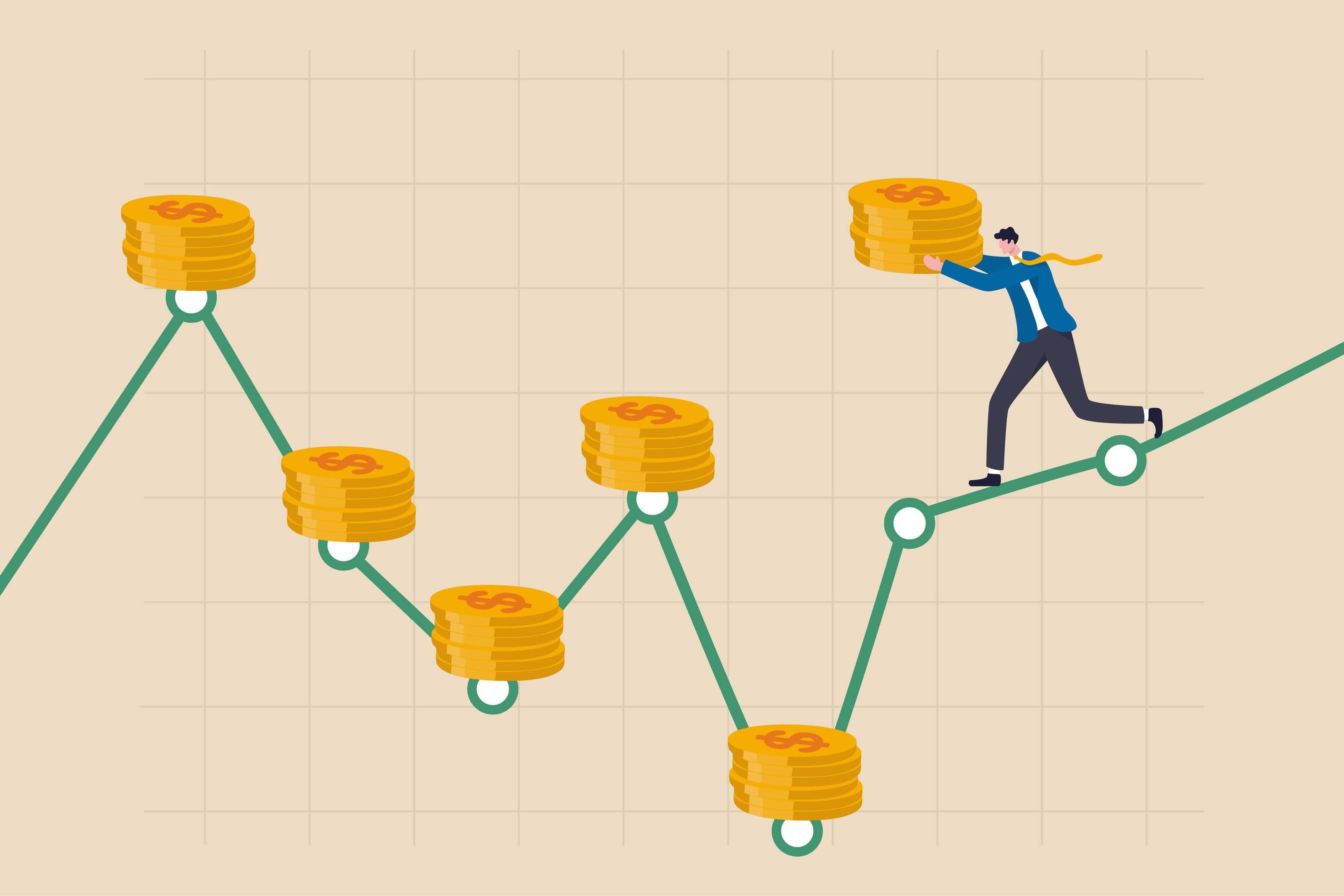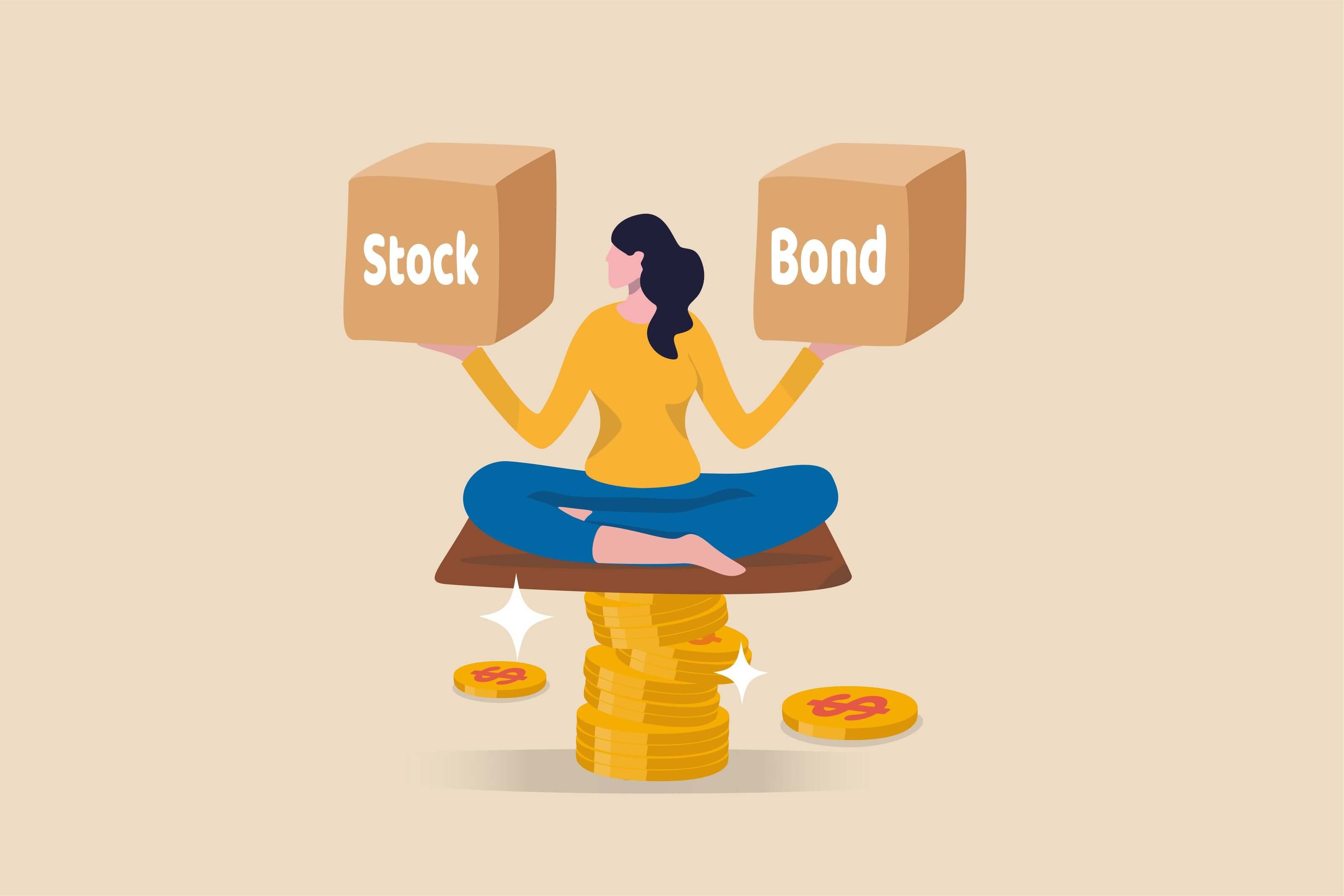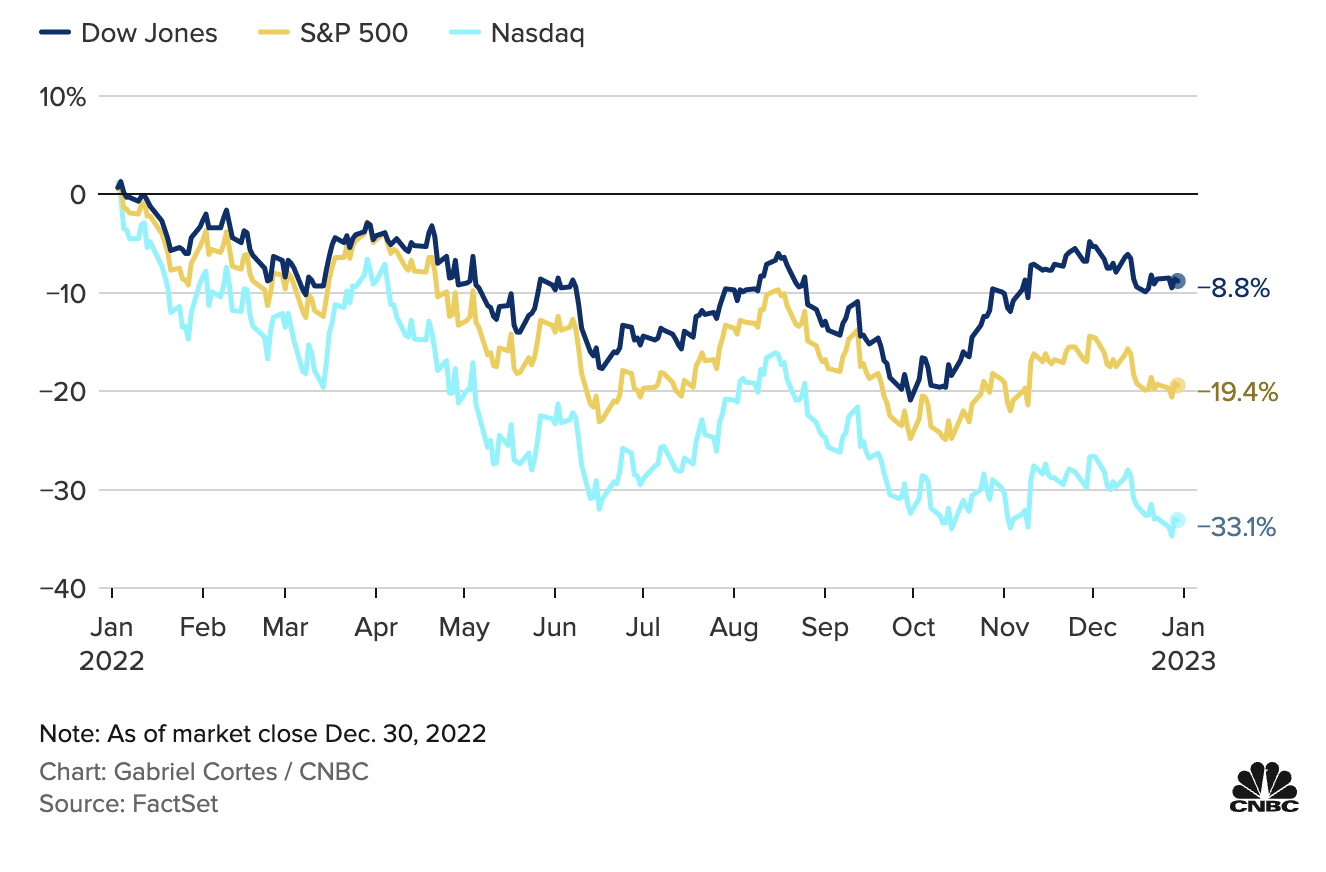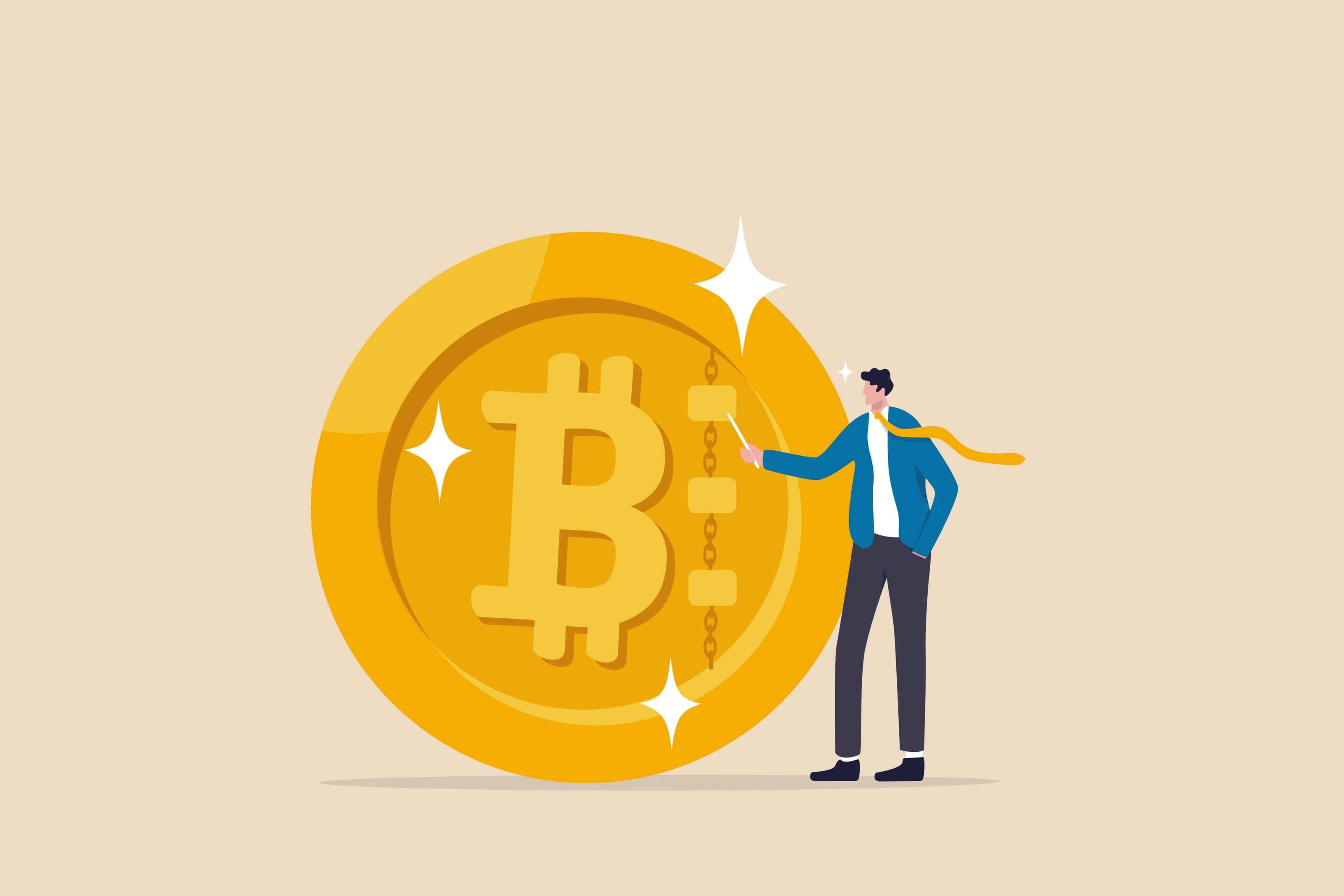How to Start Investing in 2023? Here's What You Need to Know

You want to start investing but you don't know where to start? Here is a beginner’s guide to investing.










You want to start investing but you don't know where to start? Here is a beginner’s guide to investing.








